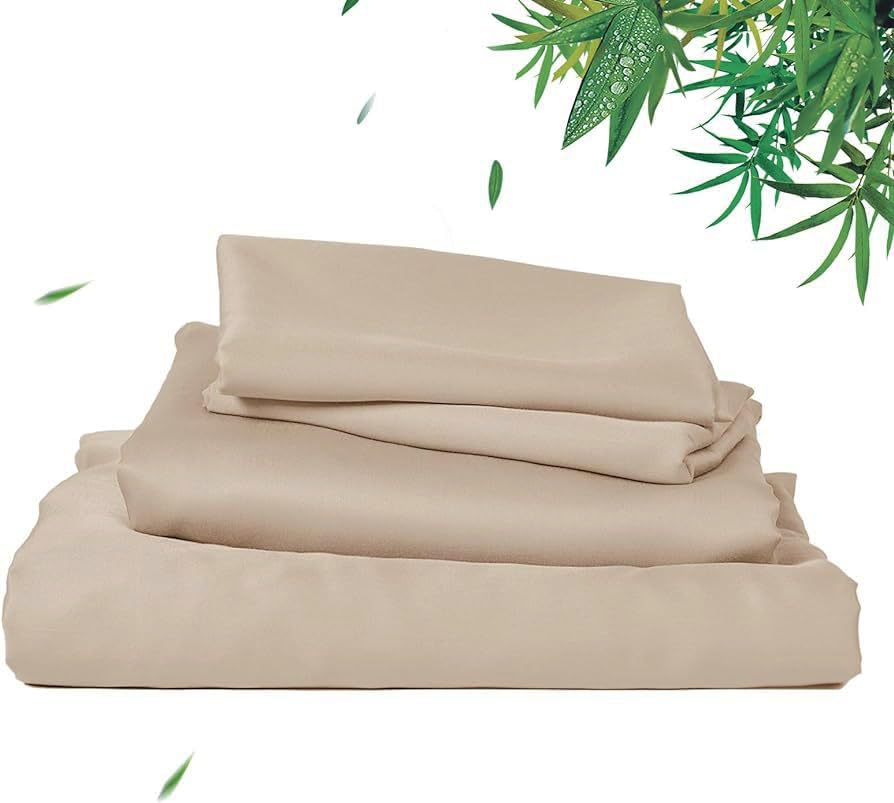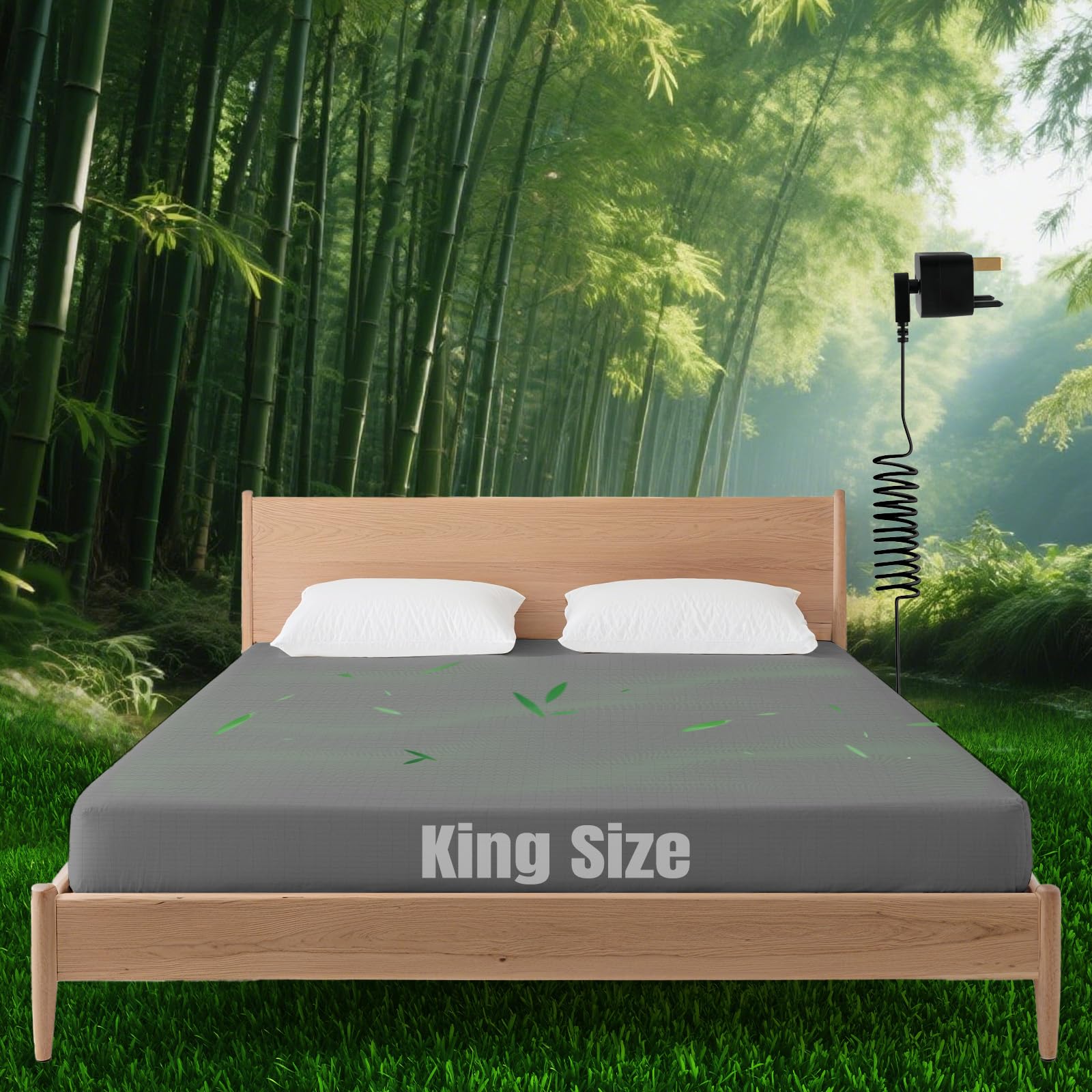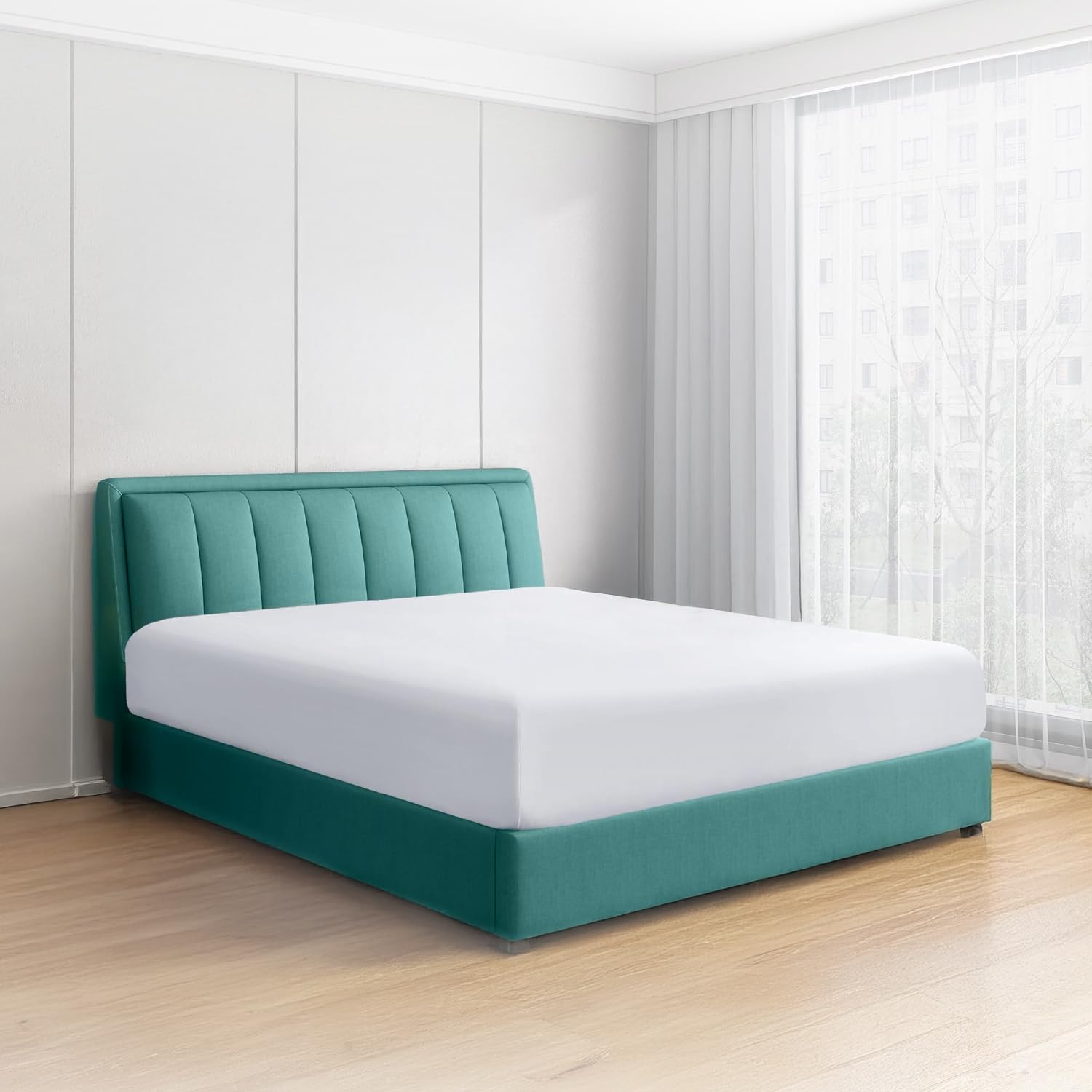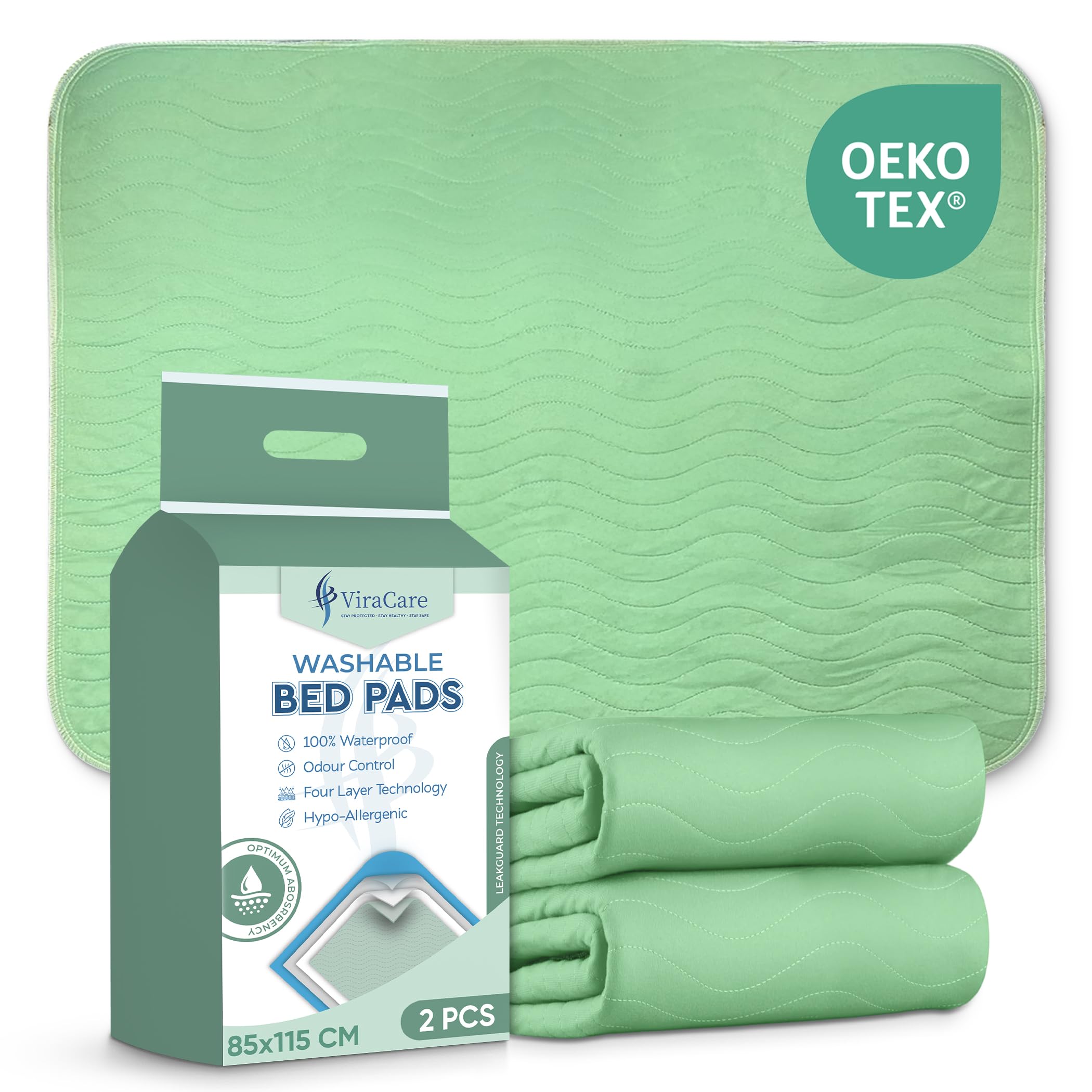If your fitted sheet pops off the corners or feels stretched thin, it is often a sizing problem rather than a quality issue. Mattresses in the UK vary widely in depth, and toppers add even more height. Extra deep fitted sheets between 30 and 40 centimetres are common now, but you still need to measure properly and understand how labels translate to the real world. This guide shows you a simple measuring method, explains shrinkage allowances and elastic quality, and gives practical tips to keep sheets secure on tall beds.
Breathable bases such as bed sheets that stay cool set the tone for the rest of the setup.
Measure Mattress Depth the Right Way
Start with everything on the bed exactly as you sleep on it. If you use a mattress protector and a topper, keep them in place. Place a ruler or tape at the base and measure to the highest point of the sleeping surface. That full stack height is your starting number. Do not guess. A difference of two or three centimetres can make the difference between a sheet that clings neatly and one that slips off in the night. Write the number down. If you are measuring for a future topper purchase, add the expected topper height to your mattress depth and plan for that total.
Understand Pocket Depth and Label Variations
Sheet packaging often lists a mattress depth, but the elastic pocket is usually deeper than that number to allow for tuck under and shrinkage. For example, a sheet labelled for 35 centimetres may have a pocket depth of 38 to 40 centimetres. The correct approach is to choose a sheet whose stated fit is a few centimetres deeper than your measured height. If you measured 33 centimetres, a sheet marked for 35 centimetres is a sensible choice. If you measured 38 centimetres, look for a sheet marked 40 centimetres. Avoid trying to stretch a 30 centimetre sheet over a 35 centimetre bed. It will be under constant tension and will pull off at the corners.
Account for Shrinkage
Cotton sheets can shrink slightly in the first couple of washes, even when preshrunk, which is normal. Allow a small margin in your pocket depth to account for that change. This is another reason to choose a labelled depth that is two to five centimetres deeper than your measured stack. If you like hot tumble drying, shrinkage can be higher, so follow care labels and use low heat if you want to preserve size and elasticity.
Elastic and Corner Design Matter
Not all fitted sheets are cut and finished the same way. Elastic that runs around the entire perimeter tends to hold better than elastic only on the short sides. Deep, generous corner gussets allow the fabric to tuck under without fighting the mattress. Some sheets add extra elastic bands or straps at the corners. These can help if your mattress fabric is very smooth or if your topper is particularly slick. If a sheet creeps up on one corner every night, check that the corner seams are generous and that you are not exceeding the sheet’s fit range.
Fabric Choices That Help
Breathable fabrics make a sheet easier to manage because they do not cling as much to the bed. Cotton percale and cotton sateen both work well when cut to the right size. Percale is crisp and cool and can feel a little more forgiving on tall corners. Sateen is smooth and drapey and can feel more snug if the pocket is undersized, so sizing accurately is important. Blends with a little elastane can add stretch, but they can also trap more heat, which some sleepers dislike. Choose fabric based on your temperature needs and then focus on fit.
Tips to Keep Sheets Secure
If your sheet fits on paper but still creeps, try a few simple steps. Lift each corner and tuck a little more fabric under the mattress so the elastic sits against the base, not halfway up the side. Use corner grippers or straps that clip diagonally under the mattress to hold corners down. Make sure the topper is not too loose on the mattress, as a slipping topper will drag the sheet with it. If your mattress has a very rounded top edge, look for sheets with deeper corner darts, which are cuts that allow the fabric to wrap more easily.
When to Move Up a Depth
It is better to choose a sheet that is slightly too deep than one that is slightly too shallow. A little extra depth can be hidden under the mattress without issue. A sheet that is too shallow will always be under tension and will fail to stay put. If you measured 37 or 38 centimetres and cannot find a 40 centimetre sheet, move to the next depth available and use corner straps to take up the slack. Comfort and ease of use are the goal. A sheet that goes on smoothly and stays put is worth the small size adjustment.
Care and Longevity
Good elastic and sound stitching help sheets keep their shape. Wash on gentle cycles, avoid heavy softeners that can coat fibres, and tumble on low heat or line dry. Rotate two fitted sheets so each has time to recover between washes. If a sheet starts to lose elasticity and pops off regularly despite correct sizing, it may be time to replace it. Investing in a well sized, well made sheet saves time and frustration and helps your bed look and feel tidy.
Deep pockets and secure hems feature across fitted sheets for UK beds; tall mattresses with toppers often benefit from supportive toppers and a quiet protector.
FAQs
How deep is an extra deep fitted sheet? In the UK, extra deep usually refers to 30 to 40 centimetres. Some brands go deeper. Always check the stated fit and compare to your measured height.
Do I need special sheets with a topper? Often yes. Add the topper height to your mattress measurement and choose a sheet that fits the combined depth with a little margin for tuck under.
Why does my sheet still pop off? It may be a cut or elastic issue rather than pure depth. Try perimeter elastic designs, deeper corner cuts, or add corner straps to hold the sheet in place.





